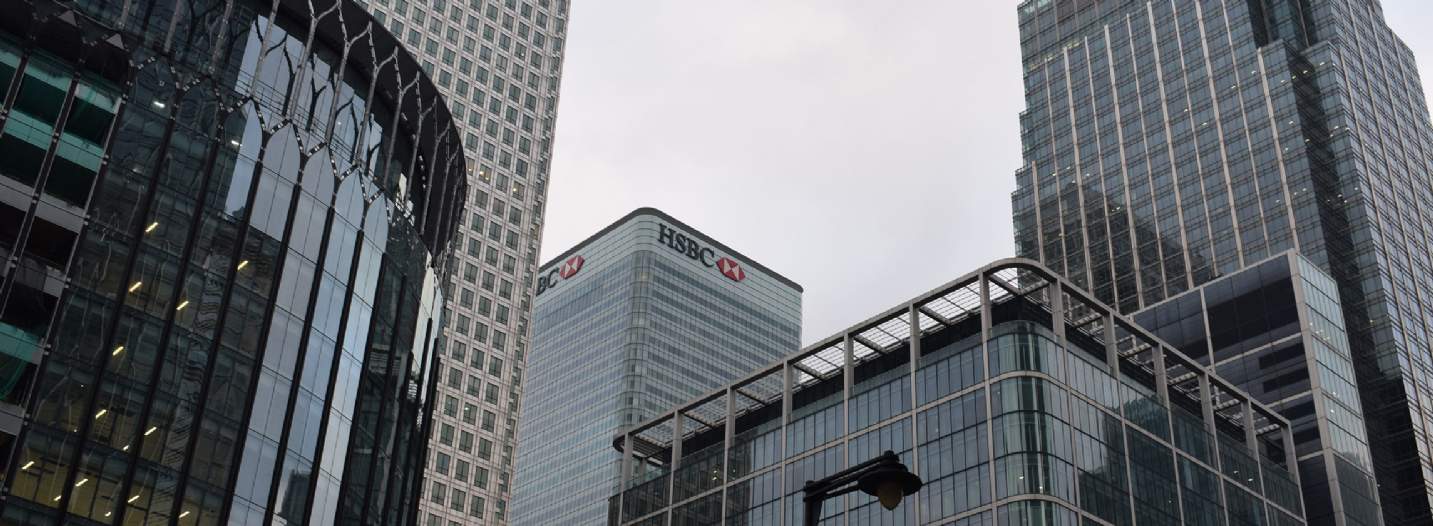Bottoming out? Valuers’ opinion appears to show a monthly and quarterly slowdown in falling capital values – is this a temporary pause in falling values?
Not much movement occurred in prime yields in May, with a slight upwards shift of the average prime yield to 5.75%. This compares to 4.75% a year ago, but still way below the 7.25% average reached at the peak of the global financial crisis (January 2009). We are not in that type of investment market, but the real estate investment market in the UK, with lower volumes and deal count, will result in the first half total being between £14–15bn. This would place H1 2023 in the bottom five of the past 24 years. Volumes will be closer to the trend in the second half of this year.
Positive and negative news flow for the UK economy continues to flip between positive and negative. Higher interest rates and persistent inflation dominates the sentiment drivers for investors, coupled with political and regulatory uncertainty. However, the UK has shown better-than-expected economic performance, and the Bank of England no longer expects a recession this year, which is good news for corporate growth and rental growth.
The price movements during the past 12 months is encouraging some investors to buy, but currently there are fewer vendors at current pricing. As shown below, valuers’ opinion is showing monthly and quarterly slowdown in falling capital values. However, the continued volatility in debt and gilt markets makes it difficult to bring clarity to decision-making, and the expectation earlier in the year that rates will fall this year now looks like there will be rises before the falls. Supporting this, the latest UK data shows rising employment and wage growth that will trigger further base rate rises.
What are the financial controllers thinking about for the next 12 months?
The financial views and opinions of the financial controllers of UK companies are critical to understanding the direction of travel. The financial prospects of their company, their attitude to capital expenditure, and the propensity to reduce costs are key variables that will affect the need for commercial real estate for their companies to grow and prosper.
The latest quarterly Deloitte survey of Chief Financial Officers (CFOs) provides excellent insight into the potential trends in the next 12 months. The middle of 2022 showed a low point in terms of the CFOs’ views of financial prospects. However, currently, 82% believe their company’s financial prospects will be unchanged or they are more optimistic. The more optimistic options include ‘somewhat more’ and ‘significantly more’. The ‘somewhat’ category has improved from 18% in Q4 2022 to 41% in Q1 this year. A more positive CFO must be good news for UK real estate demand going forward.
Deloitte also reports that sentiment among CFOs has improved significantly since the start of this year. Confidence rose sharply in the first quarter, to above its long-term average. Encouragingly, their perceptions of uncertainty have fallen at the fastest rate since they first asked the question more than 12 years ago. The past two quarters has shown a marked improvement in financial prospects and is now moving back towards pre-pandemic levels, and this measure reflects the more positive outlook from CFOs. Of course, geopolitical uncertainty remains and, closer to home, the impacts of higher inflation, and a potential change of government next year, add to the complexity of decision-making. However, as it is often all about reducing corporate costs, it is encouraging to see this need has reduced slightly, as shown in the latest results. What does this mean for commercial real estate? Keeping their business ‘on track’ and growing through the current turmoil must be the key aim, and real estate has a role to play. Having the right amount of space in the right place is now more critical.
The raising of venture capital (VC) is a lead indicator of real estate demand. As companies grow through raised capital, their employee numbers increase and the need for space grows. Often, VC is analysed for the science sectors. However, for the larger ten cities, the chart data shows the strength of VC fundraising, raised by companies of all sectors that are headquartered in these cities. The UK saw a slowdown in total VC raised in 2022, however, for these cities, there were higher levels last year. The scale of capital raising during the past five years is also impressive. In total, nearly £7.9bn of VC has been raised. This capital will gradually be spent as the companies grow, and increase headcount, which requires more real estate. In the future, the strength of the universities in these cities and their higher level of company spin-out activity will create the next round of companies that will require VC and deliver higher employment growth.
To further discuss the latest insights, contact the UK Investment or Commercial Research team via the Authors panel
